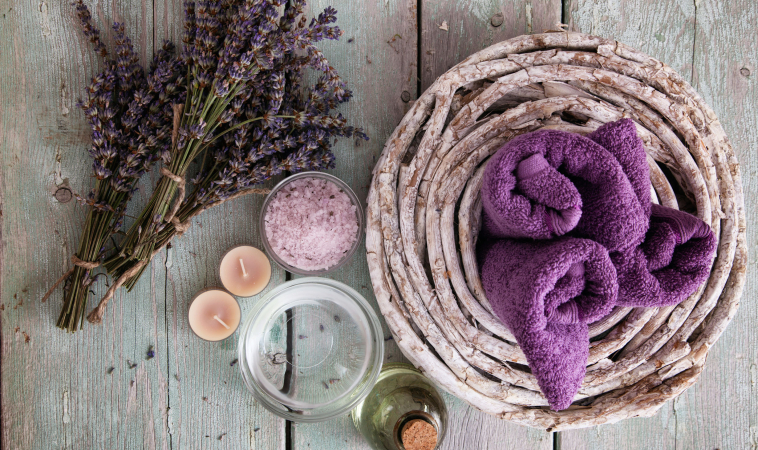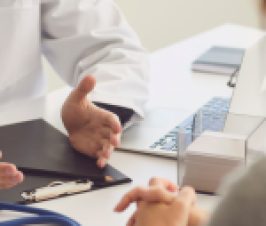Dr. Shaida Sina, ND
One of the first historically recorded uses of aromatic therapies has been traced back to one of the most famous ancient Egyptian queens. It is said that Cleopatra would bathe in water that contained rose petals to scent her body. Today, women are the major consumers of essential oils. This article will explore the use of essential oils and hydrosol in the treatment of Premenstrual Syndrome (PMS).
One of the most common health concerns with women today is PMS. Symptoms can range from mild to extreme. PMS is a complex condition which is affected by nutrition, emotional factors, genetics and cultural view. There are more than 100 symptoms associated with PMS. The most common symptoms include breast tenderness, bloating, fatigue, cravings for sweets, headache, leg cramps, gastric upset, backache, confusion, constipation, decreased libido, nausea, cramps, acne and weight gain.
In extreme conditions, PMS with mood disorder has been labeled as Premenstrual Dysphoric Disorder (PMDD). Approximately 2% to 5% of reproductive females have an extreme form of PMS. Women with PMDD complain of irritability, anger, anxiety, marked depression and suicidal ideation. These women may experience crying spells for no reason, verbal outburst or tantrums, which seriously affects their quality of life. Symptoms generally appear a week before menstruation and disappear after onset of menses. In conventional medicine, treatment of PMS and PMDD may include drug therapy such as antidepressants, NSAIDs and/or hormones. In severe cases the worst scenario for treatment may include radical hysterectomy.
It is really important to remember that this is a complex condition requiring lifestyle changes and nutritional support. Laboratory diagnosis may show a short luteal phase that may be addressed with progesterone therapy. Patients should reduce their intake of alcohol, caffeine, salt, sugar, refined carbohydrates, pro-inflammatory meats and dairy. They should increase their intake of fresh vegetables, legumes, seeds, nuts and fish. Regular aerobic exercise helps reduce the symptoms of PMS by decreasing estrogen levels, improving glucose tolerance, decreasing catecholamines, and elevating endorphins.
Essential oils can play a part of PMS treatment by elevating mood (antidepressant), easing menstrual pain (antispasmodic), and inducing blood flow (emmenagogue).
Aromatic Bath for PMS
- 1 cup epsom salts
- 5 drops lavender essential oil
- 2 drops geranium essential oil
- 2 drops grapefruit essential oil
- 1 drop clary Sage essential oil
Place the salt and essential oils into the bath and fill with water. Stir the mixture, shut the bathroom door, and soak for approximately 20 minutes while breathing in the aromatic oils.
PMS Massage Oil
- 1 tablespoon hypericum infused oil
- 1 tablespoon arnica infused oil
- 1 tablespoon evening primrose oil
- 1 tablespoon borage oil
- 10 drops lavender essential oil
- 1 drop valerian essential oil
- 2 drops vitex essential oil
Mix the carrier oils and essential oils together and store in a dark glass bottle. This mixture may be used over the uterus or you may work it into reflex points on the feet and ear points for ovary and uterus.
Rose Water Vaginal Wash
- 3 quarts spring water
- 1 quart red rose hydrosol
Place contents in a glass gallon jug and gently mix. This mixture should be stored in the refrigerator due to the limited shelf life of hydrosols (approximately six months). Pour the mix into a peribottle and label the bottle appropriately (content and date). It should be good for a week at room temperature. Wash the external genitalia as needed. Note: If a woman is hyperestrogenic, estrogenic oils should be avoided due to the possibility of heavy bleeding. These oils include the family member of sage.

Shaida Sina, ND has been working in the field of medicine for more than 20 years. Her initial training began as a clinical scientist where she received her bachelors of science degree from University of Maryland’s School of Medicine’s Department of Medical and Research Technology. During her first 10 years in healthcare, she worked in the field of laboratory medicine where she ultimately became lead technologist of a reference infectious disease laboratory. Dr Sina began her studies in natural medicine in 1995 at Southwest College of Naturopathic Medicine, Tempe, Arizona. She has an extensive background in infectious disease and has trained at the Being Alive Center (an HIV center) located in Phoenix. Dr Sina was the first naturopathic physician to do a clinical rotation at Mayo Clinic where she trained in Reproductive Endocrinology. Dr Sina completed post-doctorate training and received certification in the field of environmental medicine with an emphasis in chemical and metal detoxification.
















